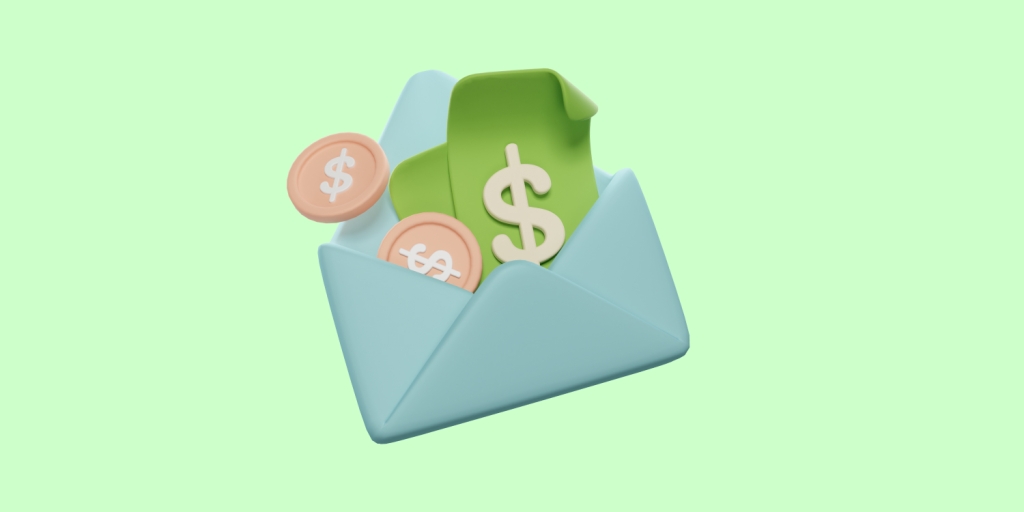
The envelope method, or cash stuffing, is a personal finance strategy intended to help you budget your money and avoid overspending.
The point of this method is to help you “see and feel” how you are spending your money by handling actual cash instead of a credit card. Credit cards are easy to use and can quickly lead to debt where cash can only be spent until it is gone. If you don’t have it, you can’t spend it. You become more aware of where your money is going.
A study done by Science Direct titled “Less cash, more splash? A meta-analysis on the cashless effect” found consumers spend more when using cashless payment methods (vs. cash). https://www.sciencedirect.com/science/article/pii/S0022435924000216#bib0104
Each month you withdraw money from your bank account and deposit the cash into designated envelopes labeled for each spending category. Then you remove the money as needed. Once an envelope is empty you are done spending in that category for the month.
It may be difficult to pay some bills using cash, for example to pay your mortgage or utility bills you would have to go to the company during normal business hours to make a payment. In those situations, you might use a mixed approach which allows you to pay some bills online and pay others with cash. For example, you can use digital banking to pay your mortgage and utilities and use cash to pay for groceries, entertainment and gas.
If you are trying to pay off debt or you’re prone to overspending the envelope method can help you because you can easily see how much money you have allocated for each expense. If you have credit card debt the envelope method forces you to pay cash, you will never accumulate interest charges using cash. This can be done long term or temporarily while you pay off debt.
Create a Budget
Start by creating a budget, a budget is a plan that helps you manage your money. It shows you how much money you bring in and how much you spend and save each month. A budget shows you exactly where all your money is going and can help you avoid problems like overspending and debt.
The budget should include your total monthly income and all your monthly expenses. This helps you decide how much money to put in each envelope.
Set Up Your Envelopes
Label your envelopes accordingly, for example you may have categories like groceries, rent/mortgage, utilities, medical expenses, entertainment, gas, childcare, home and auto repair, etc. Put the allocated amount of cash in each envelope at the beginning of the month. Keep a sheet of notebook paper in each envelope and as you withdraw money write down the date, amount and what the money was used for, this helps you see exactly where the cash is going. Keep the envelopes in a secure location like a fireproof safe.
You can also have envelopes for long term savings goals like vacations, Christmas shopping, a car or home purchase, etc. And a miscellaneous envelope for unplanned expenses. For long-term savings goals once you have a bit of cash saved put the money in a high interest savings account so that your money is working for you.
Repeat Each Month
When the month has ended refill the envelopes. If you have money left over, you can put it toward the next month’s expenses or deposit it in a savings or investment account or use it to build an emergency fund.
The envelope method takes more time that swiping a credit card, you must withdraw the money from the bank and pay in cash wherever you go. But it can really help to keep you on budget. When you pay in cash you are forced to be more intentional about your spending.
Since your spending is limited to only cash payments you are not using a credit card and buying things you cannot afford to pay for. This prevents you from accumulating debt and spending money on things that are not a necessity.
The envelope method is not for everyone but if you are working toward paying off debt it may help you achieve that goal.
